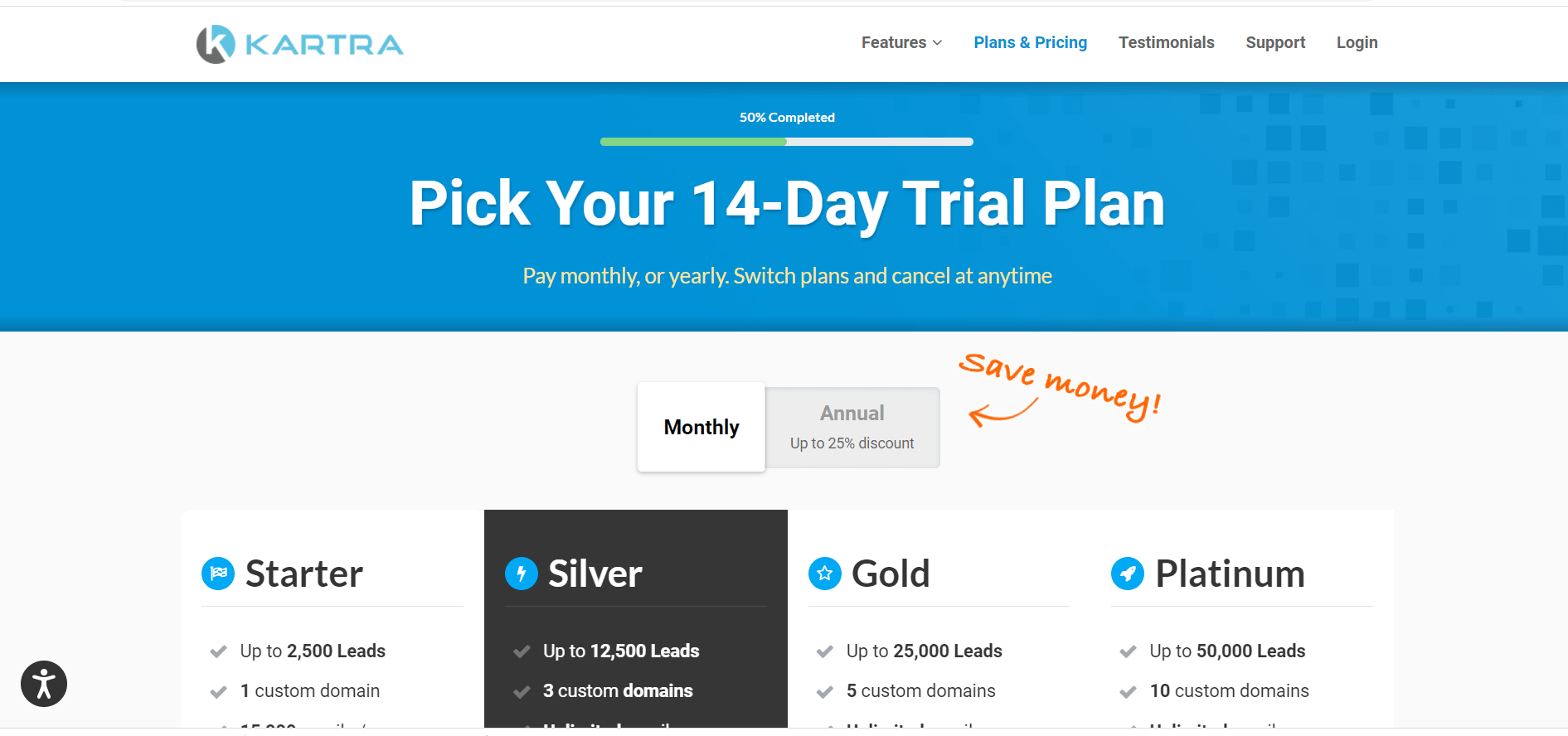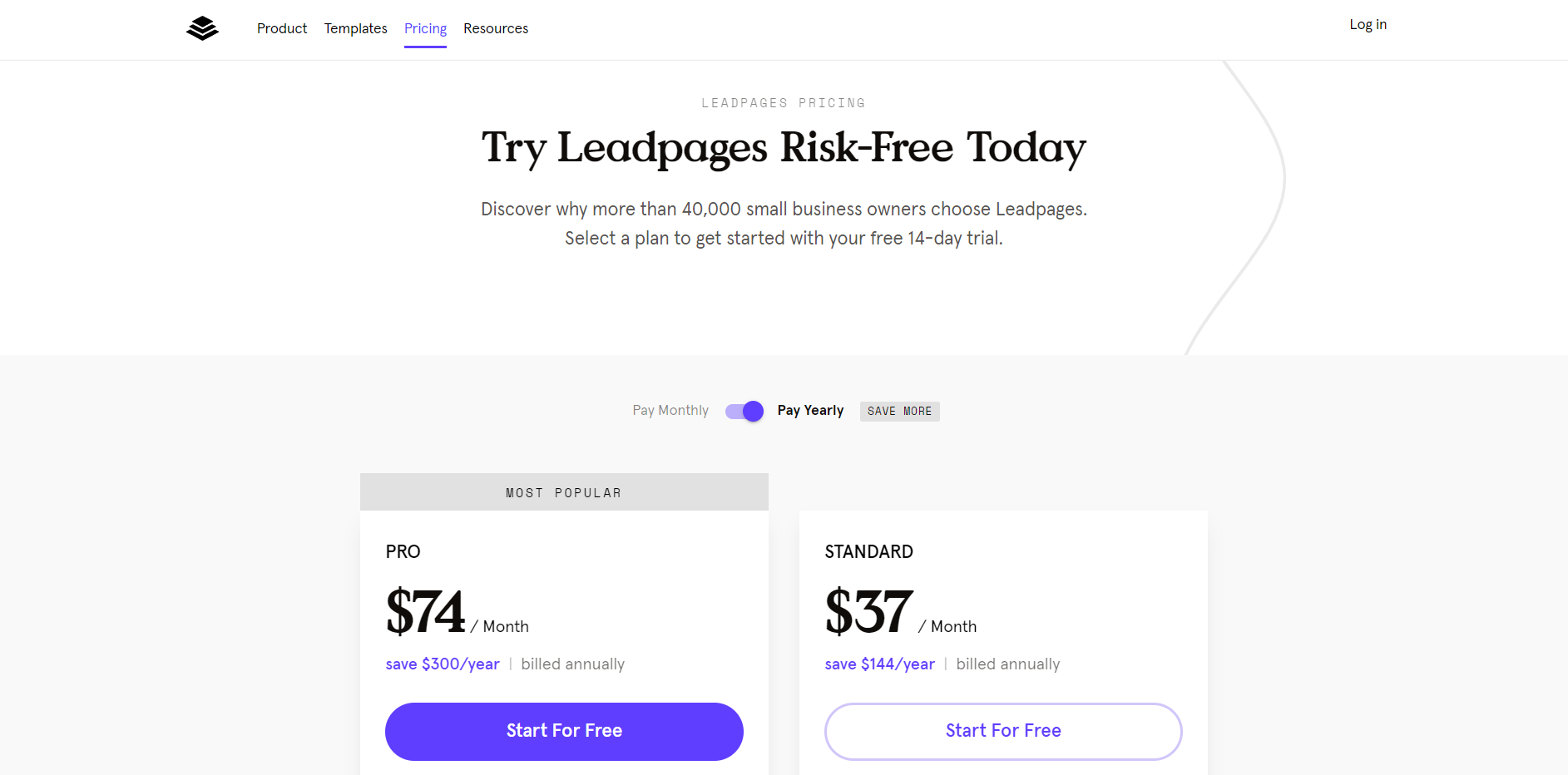Your business attracts hundreds of website visitors, but sales stay stagnant. You’re spending time and money on ads, yet leads disappear before buying. Sound familiar? The problem isn’t your product—it’s your strategy. Marketing funnels fix this by guiding strangers from curiosity to purchase. Let’s break down how they work and how you can build one that actually converts.
The Marketing Funnel Explained: How It Drives Conversions
A marketing funnel is a step-by-step process that turns casual visitors into loyal customers. Think of it as a roadmap that guides people from discovering your brand to making a purchase—and even coming back for more. Without a funnel, you’re relying on luck, not strategy.
The 4 Core Stages of Every Marketing Funnel
- Awareness Stage: Strangers discover your brand through blogs, social media, or ads.
- Consideration Stage: Leads evaluate your solution (e.g., reading case studies or watching demos).
- Decision Stage: Customers make a purchase, often influenced by discounts or testimonials.
- Retention Stage: Keep customers returning with loyalty programs or personalized follow-ups.
Why it matters: Only 22% of businesses are satisfied with their conversion rates (HubSpot). A well-structured funnel fixes this by addressing customer needs at every step.
How to Build a Marketing Funnel That Converts
Step 1: Attract the Right Audience
Your funnel starts with targeting people actively searching for solutions like yours.
- Actionable Tips:
-
- Use SEO keywords like “best birthday cakes near me” instead of generic terms like “desserts.”
- Run targeted Facebook/Google ads based on user behavior (e.g., “visited pricing page but didn’t buy”).
- Example: A local bakery uses Google Ads to target “custom birthday cakes in [City Name]” and drives traffic to a landing page showcasing their top-selling designs.
Step 2: Nurture Leads with Value
Once you’ve attracted visitors, offer free value to build trust.
- Actionable Tips:
-
- Create lead magnets like e-books, checklists, or free trials.
- Use email sequences to share tips, success stories, and gentle reminders.
- Example: A fitness coach offers a “7-Day Meal Plan” in exchange for an email address. Follow-up emails include workout videos and client transformations.
Step 3: Convert Leads with Urgency and Social Proof
Push hesitant leads to act with persuasion tactics.
- Actionable Tips:
-
- Add countdown timers (e.g., “20% off ends in 3 hours!”).
- Show customer reviews or trust badges (e.g., “Rated 4.9/5 by 500+ customers”).
- Example: An online course uses a pop-up: “Join 1,000+ students—enrollment closes tonight!”
Step 4: Retain Customers for Long-Term Growth
Repeat customers spend 67% more than new ones (Bain & Company). Keep them engaged post-purchase.
- Actionable Tips:
-
- Send a “thank you” email with a loyalty discount.
- Create a referral program (e.g., “Refer a friend, get $20”).
Map Your Customer Journey for Better Conversions
Understanding your customer’s path helps identify roadblocks.
- Tools to Use:
-
- Surveys (Ask: “What almost stopped you from buying?”).
- Heatmaps (Tools like Hotjar show where users click/scroll).
- Example: An e-commerce store discovers checkout page friction and simplifies it, boosting conversions by 30%.
5 Common Marketing Funnel Mistakes (And How to Avoid Them)
-
Skipping the Awareness Stage
- Fix: Focus on educational content (blogs, videos) before pitching.
-
Ignoring Mobile Users
- Fix: Optimize for mobile with fast loading speeds and easy-to-tap buttons.
-
Forgetting Follow-Ups
- Fix: Automate email reminders for abandoned carts or inactive leads.
-
Overcomplicating the Process
- Fix: Limit form fields and steps (e.g., guest checkout option).
-
Not Tracking Data
- Fix: Use Google Analytics to monitor bounce rates and conversion paths.


How to Optimize Your Marketing Funnel for Better Results
Test Lead Conversion Strategies
A/B test different elements to see what works:
- Test headlines (e.g., “Get Fit in 30 Days” vs. “Lose Weight Without Diets”).
- Experiment with CTA button colors (red vs. green).
Retarget Lost Leads Effectively
- Use dynamic ads to show users who viewed but didn’t buy.
- Example: “Still thinking about that dress? Here’s 10% off!”
Simplify the Checkout Process
- Reduce form fields to 3-5 (name, email, payment).
- Offer PayPal or Apple Pay for one-click purchases.
Real-Life Marketing Funnel Examples
E-commerce Funnel
- Awareness: Instagram ads target “women aged 25-35 interested in fashion.”
- Consideration: Landing page with a “First Purchase 15% Off” pop-up.
- Decision: Checkout page with customer reviews and free shipping.
- Retention: Post-purchase email with a referral code.
SaaS Funnel
- Awareness: Google Ads for keywords like “best project management tool.”
- Consideration: Free trial sign-up with a 7-day onboarding email series.
- Decision: Upsell to a premium plan during the trial.
- Retention: Monthly webinars for premium users.
FAQs: Your Marketing Funnel Questions Answered
What are the essential stages of a marketing funnel?
A marketing funnel has four stages: Awareness (attracting strangers via blogs or ads), Consideration (nurturing leads with emails or guides), Decision (closing sales with discounts or reviews), and Retention (keeping customers loyal with follow-ups or referrals). These stages guide prospects from discovery to repeat purchases.
How can small businesses benefit from using a marketing funnel?
Small businesses maximize budgets by targeting high-intent leads. Funnels streamline efforts—like using SEO for local keywords or retargeting ads—to compete with larger brands. They also reduce wasted ad spend by focusing on audiences most likely to convert.
What tools track marketing funnel performance effectively?
Use Google Analytics to monitor bounce rates and conversions, Hotjar for heatmaps to spot user drop-offs, and email platforms like Mailchimp for nurture sequence metrics. These tools identify leaks in your funnel and highlight optimization opportunities.
How do I retarget lost leads in a marketing funnel?
Retarget with dynamic ads showing abandoned products (e.g., “Still eyeing that dress? 10% off!”). Use email sequences for inactive leads, offering discounts or reminders. Platforms like Facebook Ads Manager simplify this with automated rules.
Why is A/B testing critical for marketing funnels?
A/B testing reveals what resonates—like headlines, CTAs, or checkout layouts. For example, testing “Get 20% Off” vs. “Limited-Time Discount” can boost conversions. Regular testing refines your funnel and ensures it adapts to audience preferences.
Wrapping Up
A marketing funnel isn’t just a strategy—it’s your blueprint for predictable growth. By guiding leads through awareness, consideration, decision, and retention stages, you turn interest into revenue.
Ready to build a funnel that actually converts? Elite Digital Designs creates high-performing marketing funnels for your business. Book a strategy call today and turn strangers into loyal customers!


